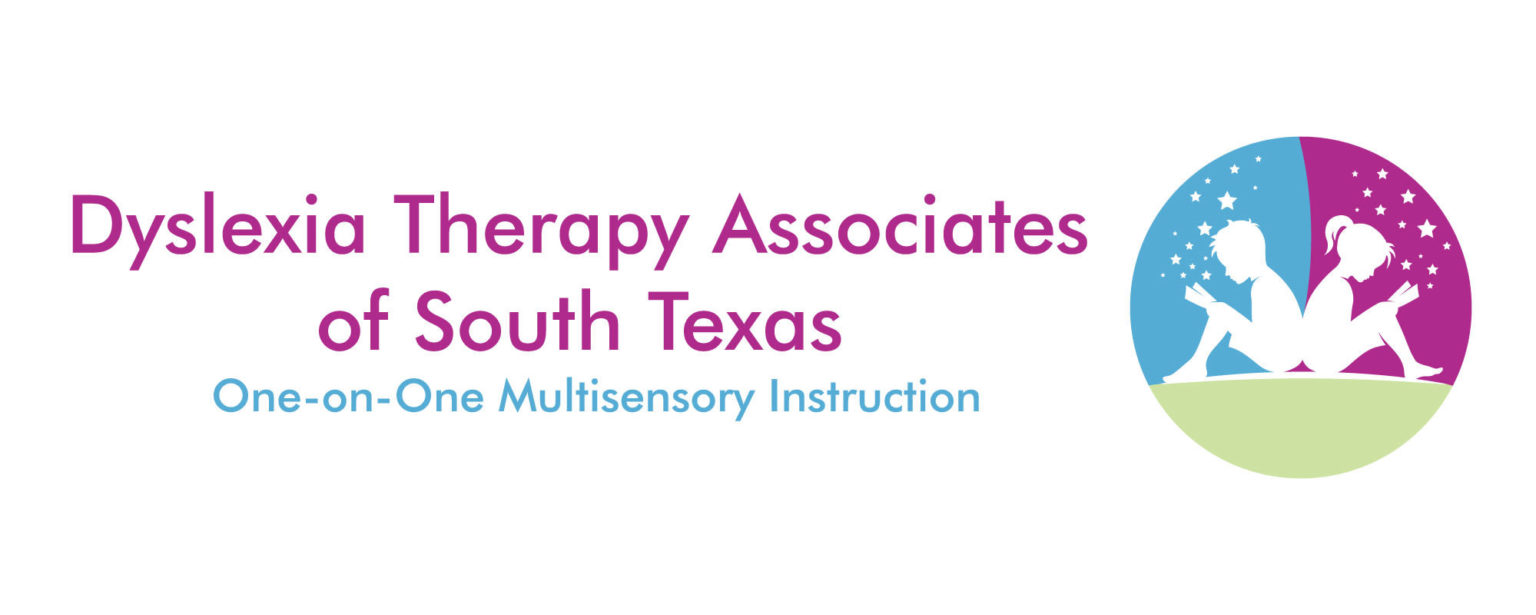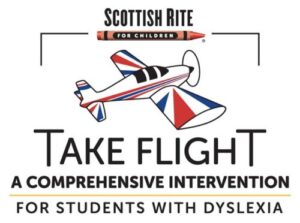Scottish Rite Take Flight: A Comprehensive Intervention for Students with Dyslexia
Take Flight is an Orton-Gillingham based multisensory instruction for students with dyslexia. Take Flight contains the five components of effective reading instruction supported by the National Reading Panel research meta-analysis and mandated by the No Child Left Behind Act: phonemic awareness, phonics, vocabulary, fluency and reading comprehension.
- Students will learn all 44 sounds of the English language, 96 letter – sound correspondence rules, and 87 affixes.
- Students will learn spelling rules for base words and derivatives.
- Practice opportunities are provided that are designed to improve oral reading fluency.
- Take Flight introduces comprehension and vocabulary building strategies for both narrative and expository text in the context of oral reading exercises to prepare students for successful, independent reading.
Scottish Rite Take Flight is the ideal program for elementary and middle school students diagnosed with dyslexia.

